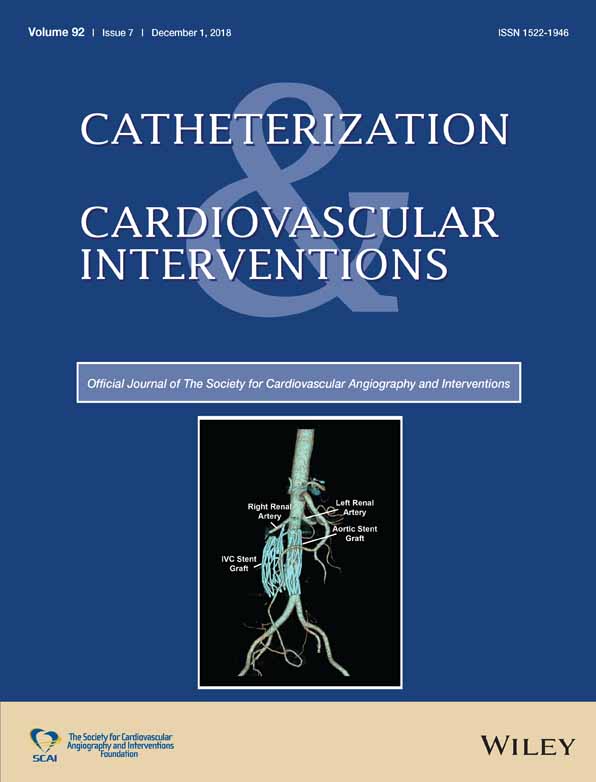Acute myocardial infarction secondary to blunt chest trauma in motorcycle accident: A rare combination where percutaneous coronary intervention and intravascular imaging optimization are needed
Abstract
Blunt chest trauma is a common occurrence in vehicle accident. Cardiac injuries following nonpenetrating thoracic trauma have been reported. ST-elevation myocardial infarction (STEMI) due to coronary artery involvement is a rare but extremely serious condition for the high risk of undetected diagnosis. Blunt thoracic trauma may obscure typical chest pain associated with cardiac ischemia especially in patients with high tolerance of pain or secondary administration of analgesic drugs. We report two consecutive cases of young adults admitted to our emergency department after motorcycle accident and concomitant anterior STEMI due to occlusion of left anterior descending artery. In both cases primary percutaneous coronary intervention with a second generation drug eluting stent implantation was successfully performed. Imaging with intravascular ultrasound and optical coherence tomography showed the mechanisms of coronary occlusion, allowing an optimal stent implantation and avoiding procedural complications in this complex setting.
CONFLICT OF INTEREST
None declared.




